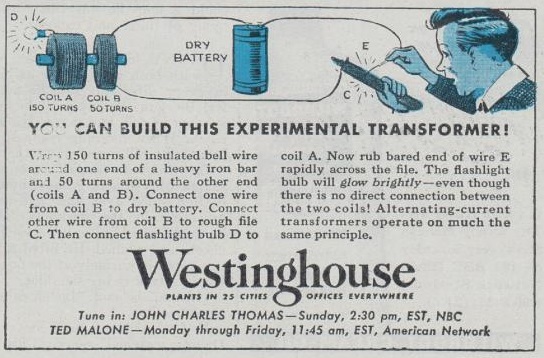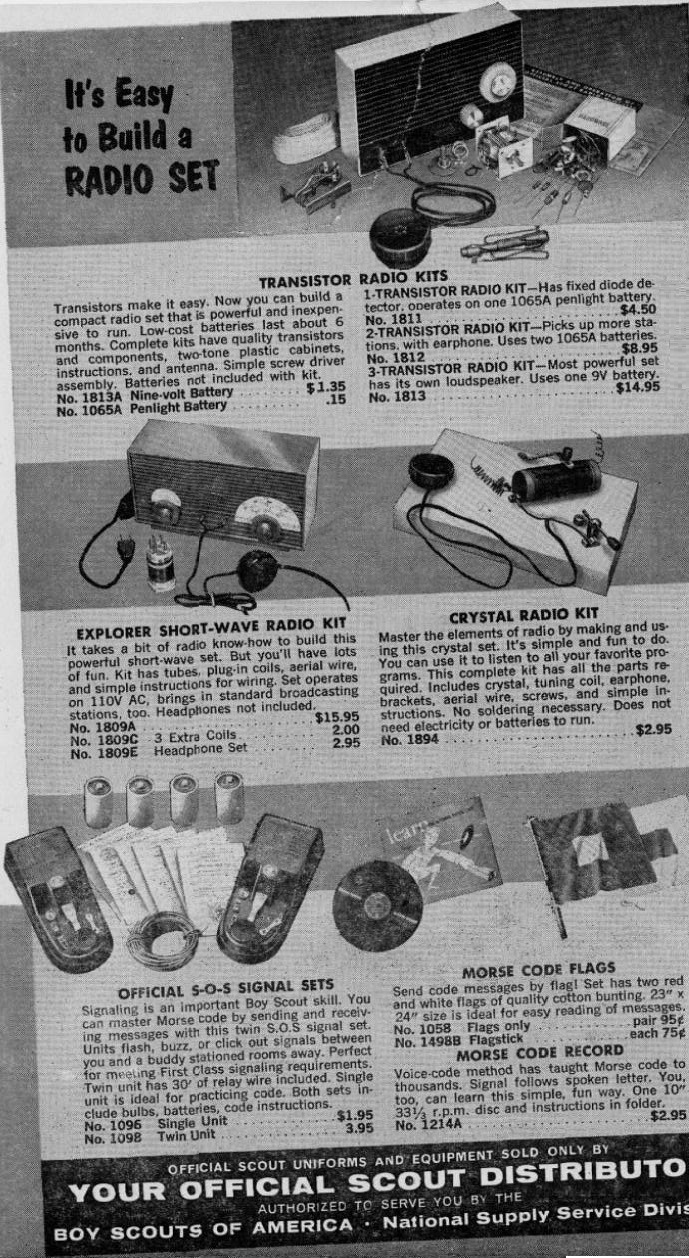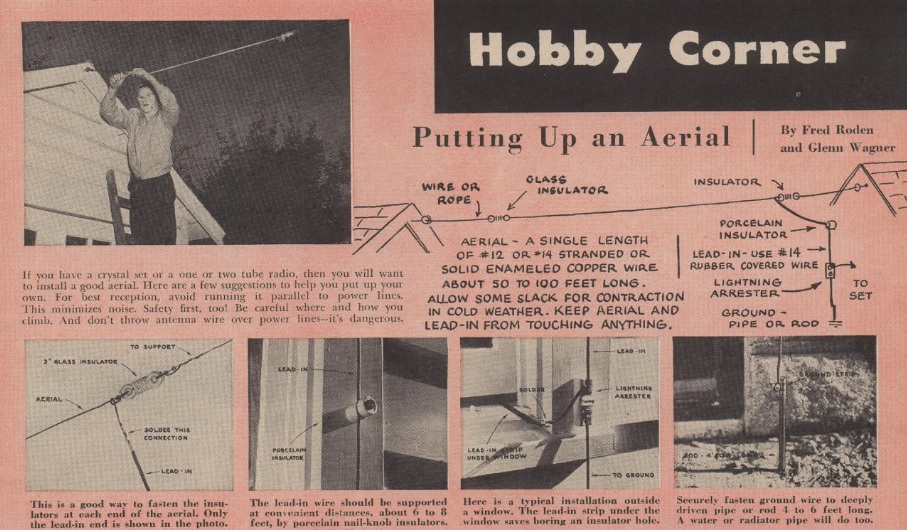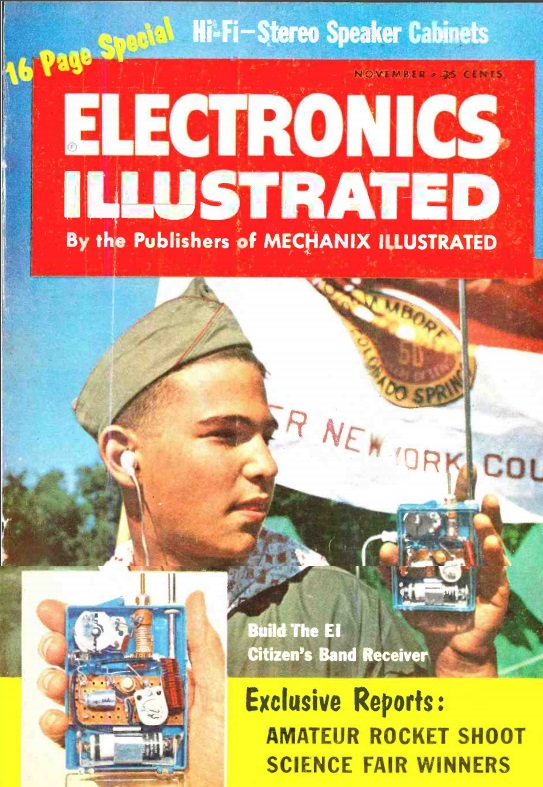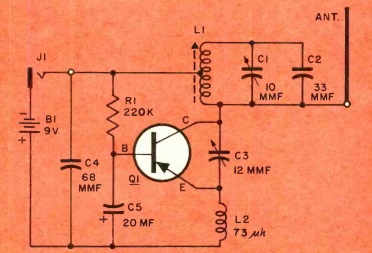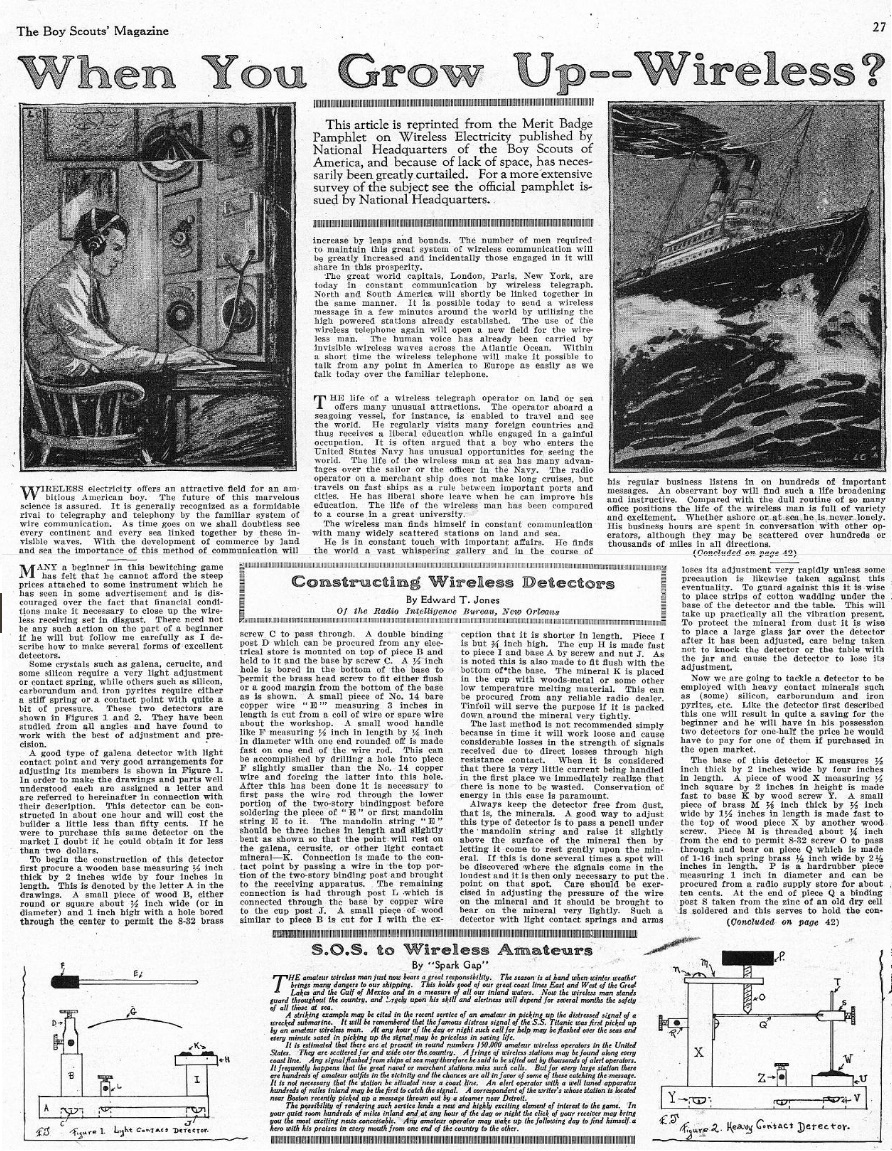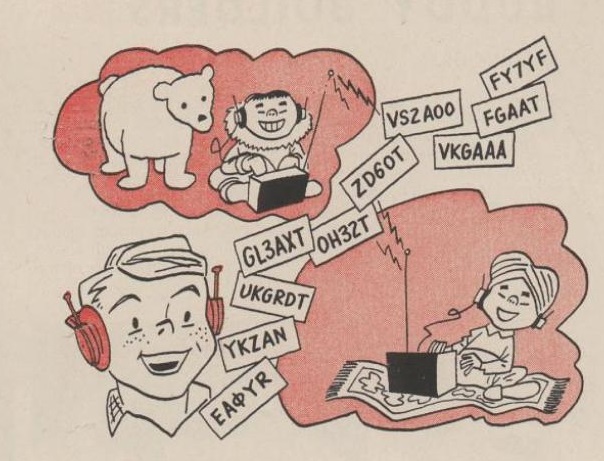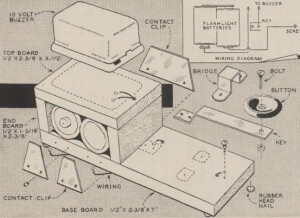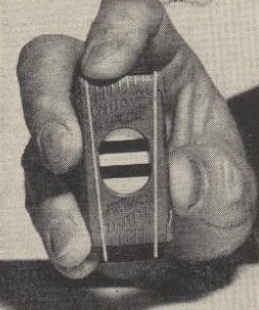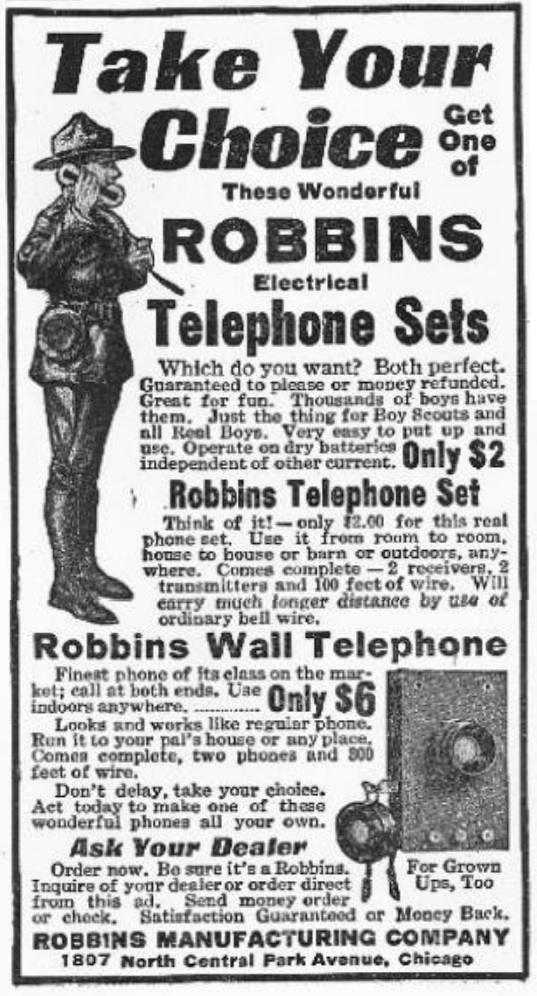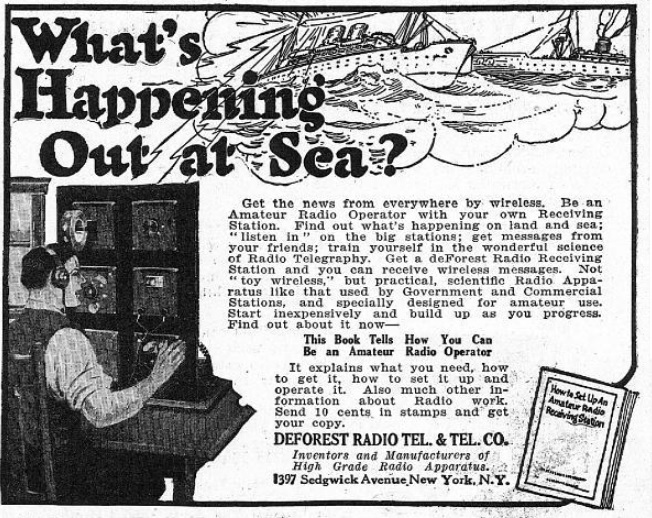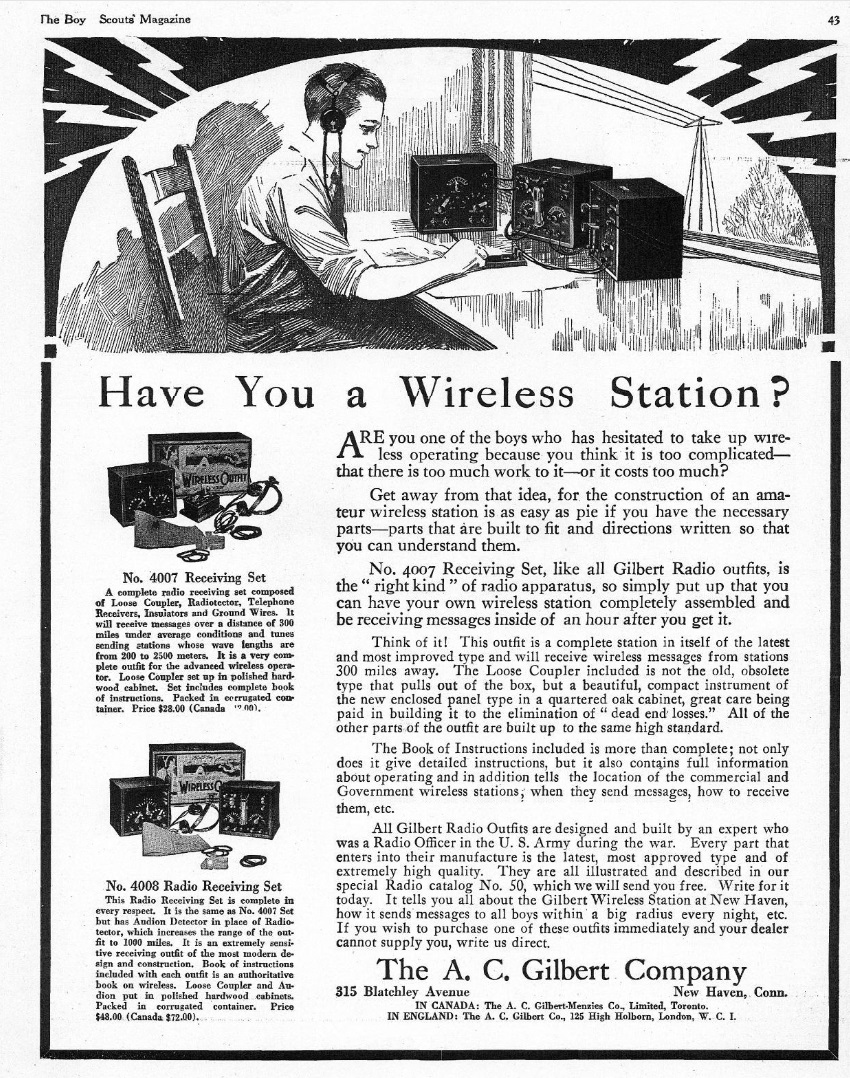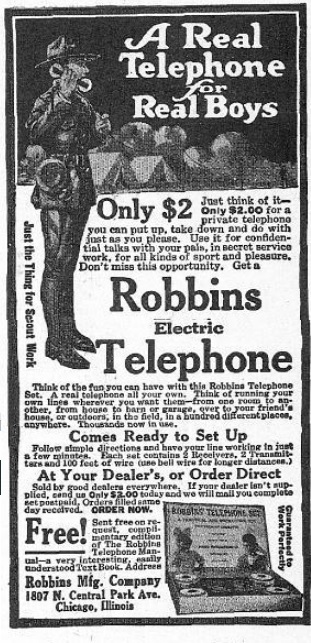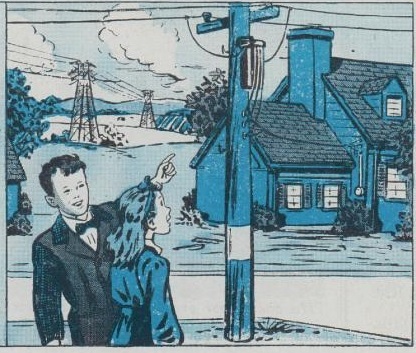 75 years ago, this young man discovered the secret for meeting girls. That, of course, was explaining to them how transformers worked. This young woman is obviously mesmerized by his explanation.
75 years ago, this young man discovered the secret for meeting girls. That, of course, was explaining to them how transformers worked. This young woman is obviously mesmerized by his explanation.
He gained this skill by conducting the experiment shown below. He constructed his own transformer with two coils of wire wound around an iron core. To provide the alternating current, he runs one wire along the file.
These items appeared as part of an for Westinghouse in the February, 1946, issue of Boys’ Life. It reminded readers to tune in to programs sponsored by the company, John Charles Thomas and Ted Malone.
The science project is easily duplicated today. While the old-style dry cell battery is no longer available, an alkaline D cell, with suitable holder, would work just fine. The other items needed are wire, the bulb (with socket to make the connections easier), an iron bar, and file.

